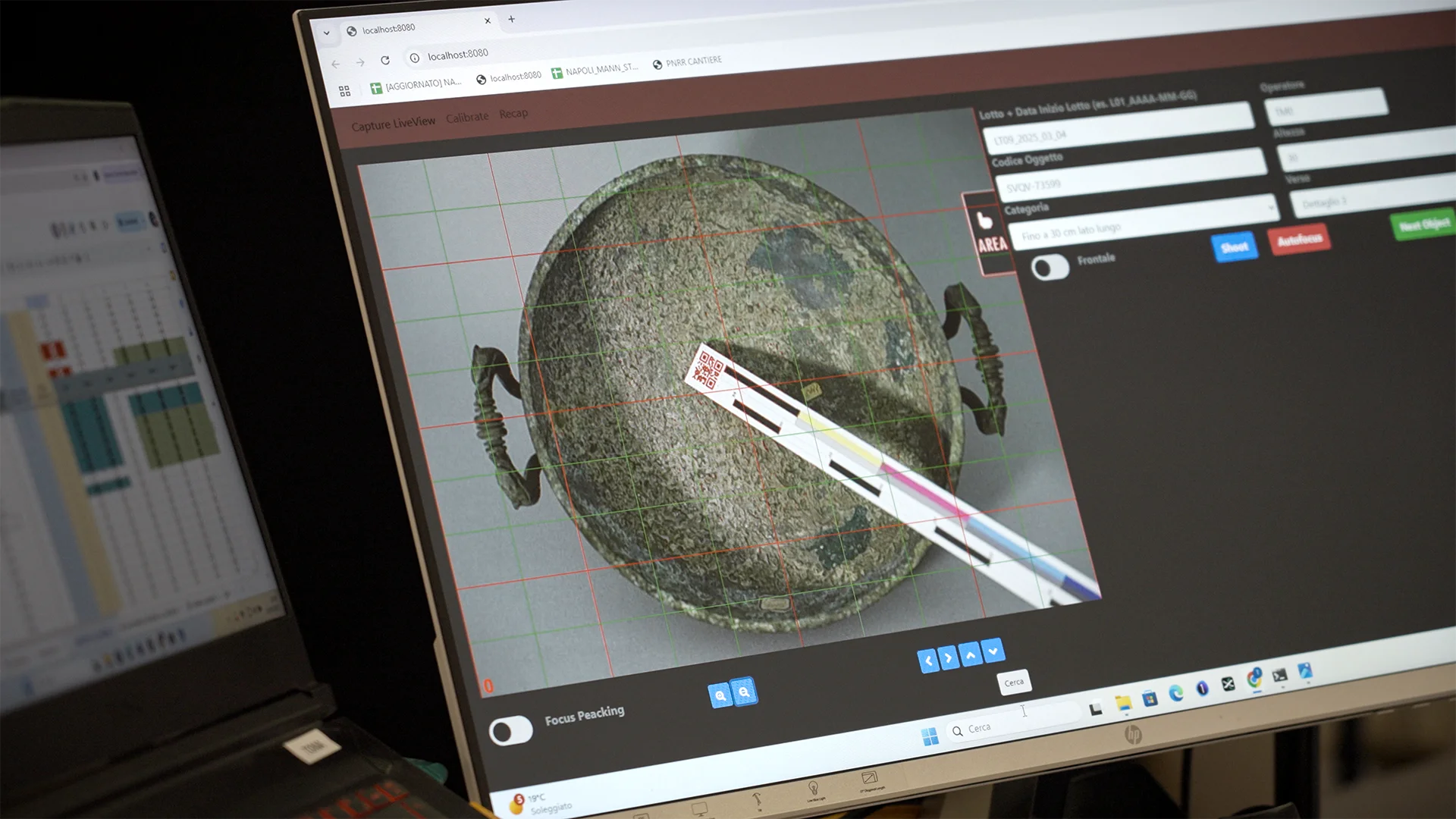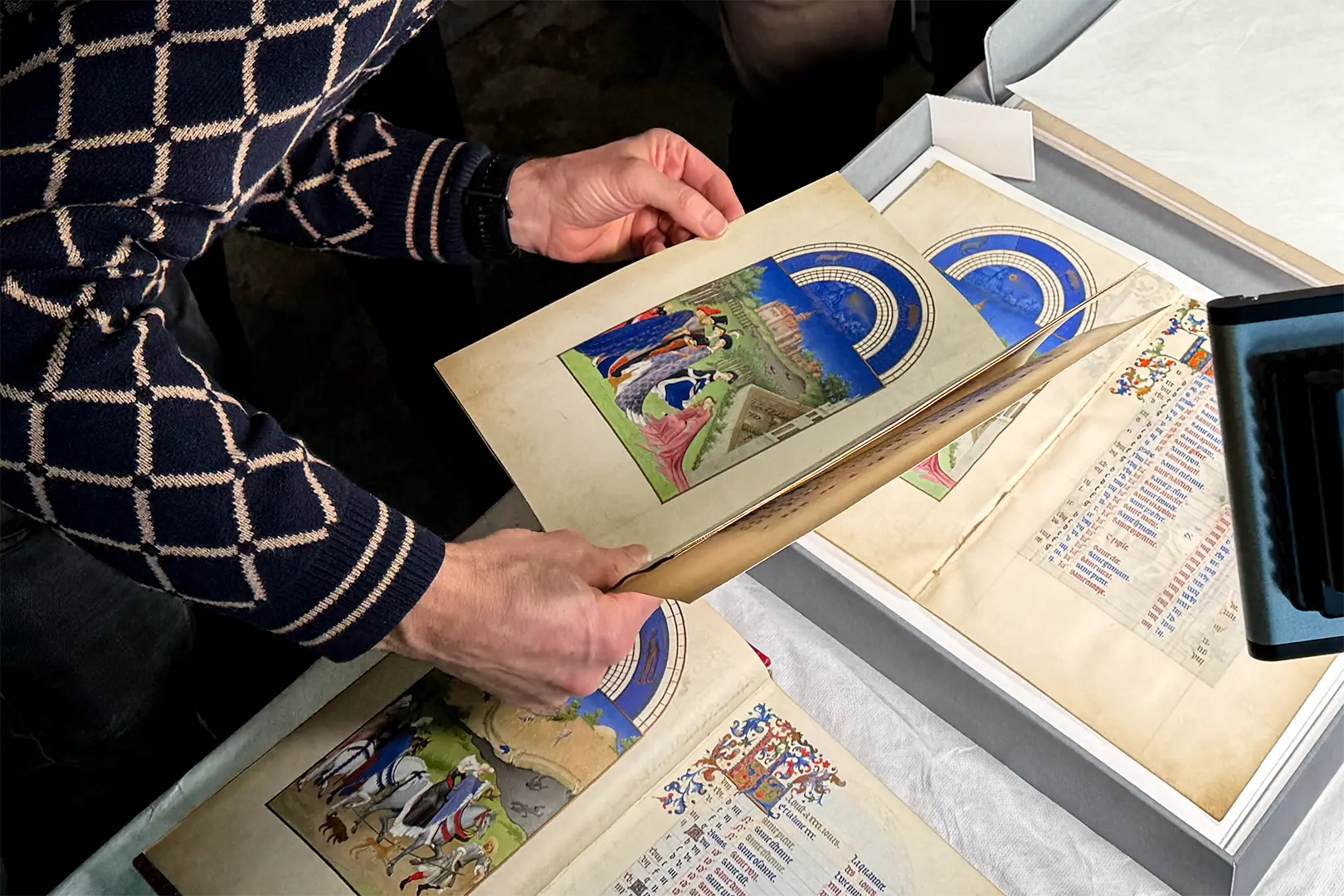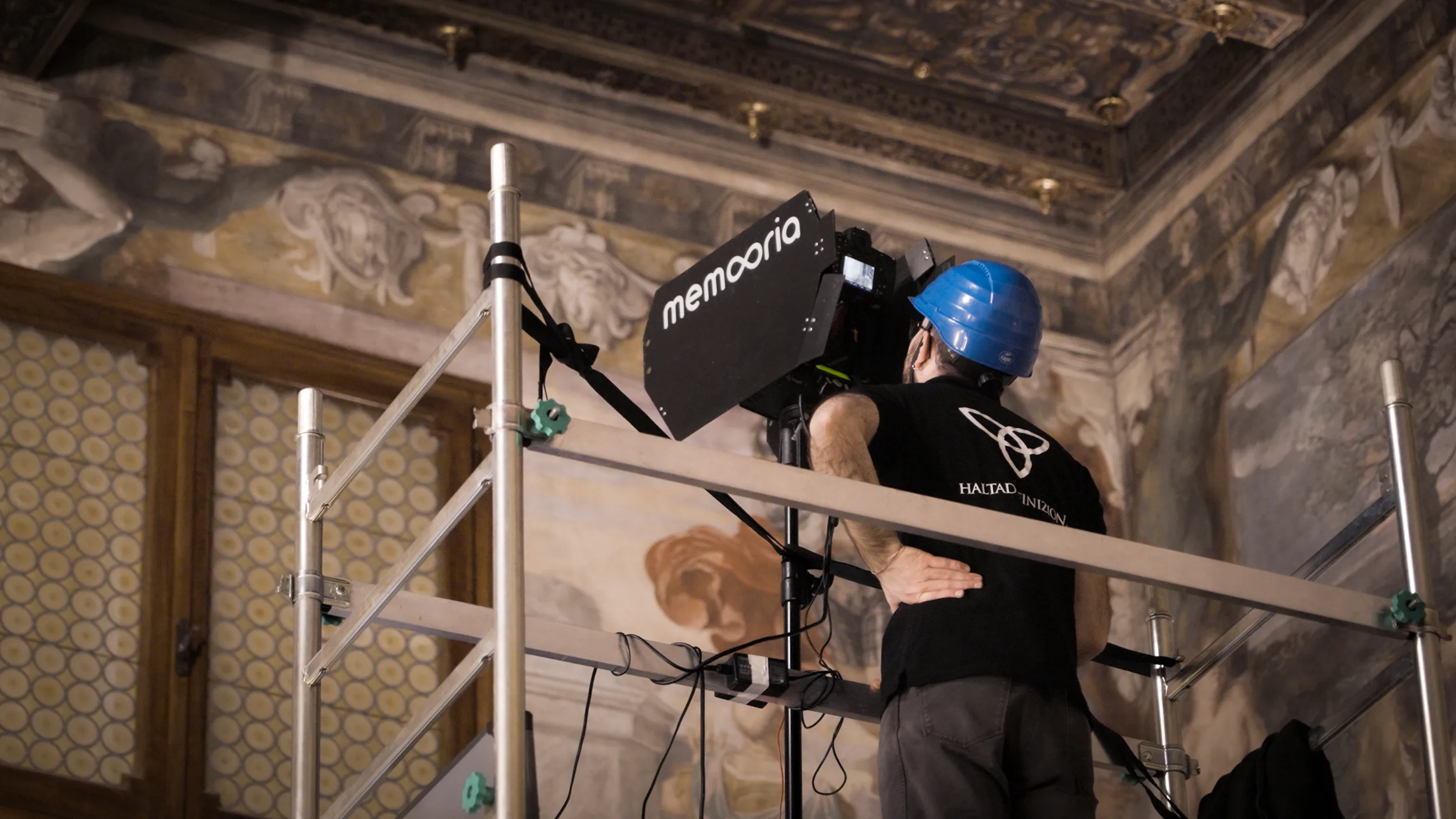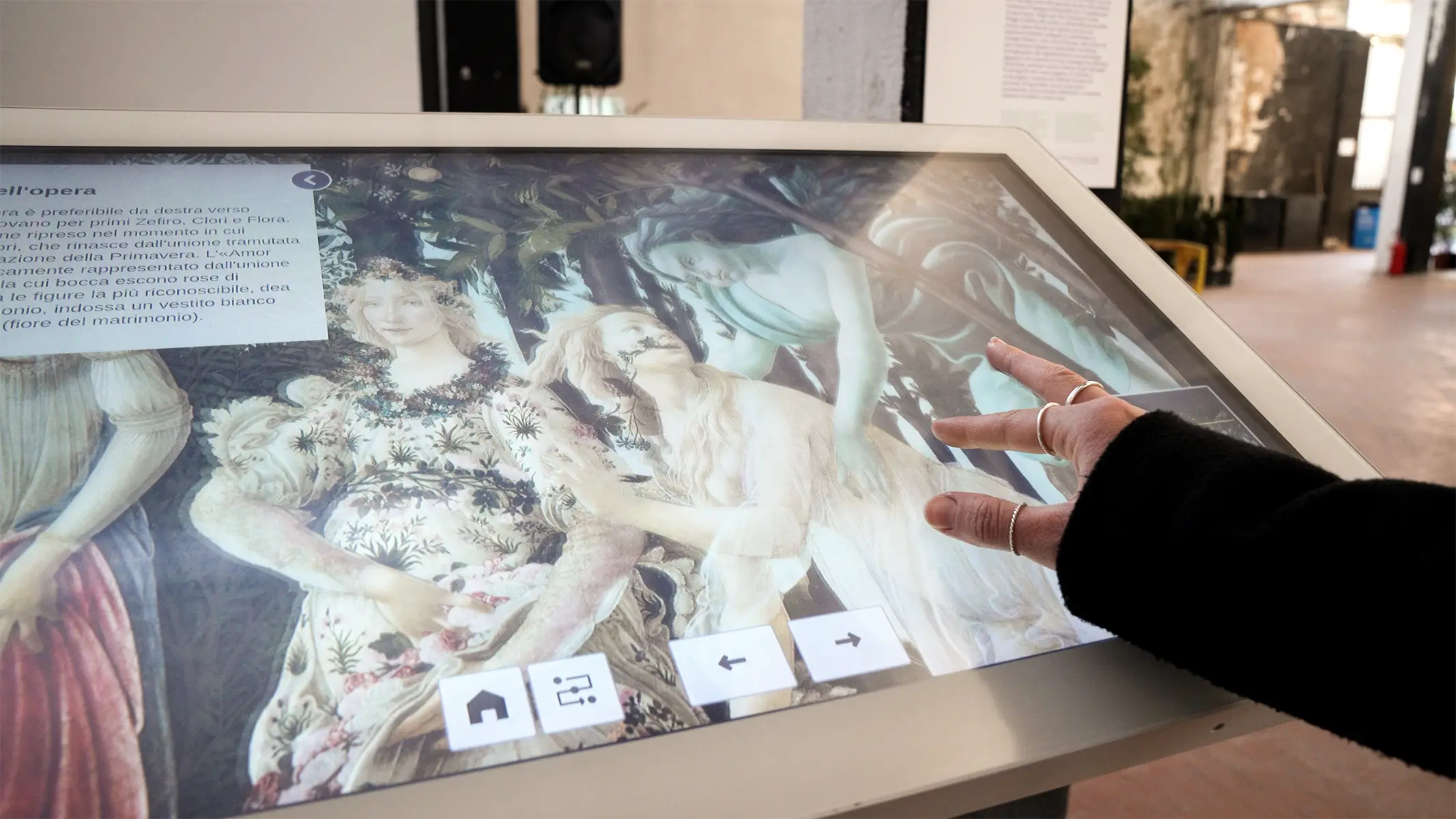The National Archeological Museum of Naples (known as MANN, from its Italian name Museo Archeologico Nazionale di Napoli) has begun an ambitious digitization project that will involve about 30,000 objects in its collection, including bronze and terracotta statues, frescoes, and mosaics. Digital photography is scheduled to continue until December 2025. The initiative is part of the National Plan for Digitization (PND) of cultural heritage, supported by the PNRR, with the national goal of producing more than 65 million digital objects by the end of 2025.
“There is a bit of a digital revolution taking place right now in our Museums,” says Massimo Osanna, the General Director of the Museums for the Ministry of Culture. “Even some collections that have never been properly documented, such as terracotta figures, will now be inventoried and given a renewed role beyond the museum, for purposes of study and teaching.”
The project was carried out by a temporary consortium of companies, including CNS (National Service Consortium), Rear, and Mida Digit, part of Gruppo Panini Cultura — which worked in close cooperation with the museum staff and under the scientific direction of MANN. It made use of the most advanced technologies, including an ultra-high-resolution camera capable of capturing at 4,000 ppi, professional lighting systems, and software able to handle the largest image files. All of these tools will contribute to making the most accurate digital models of each object’s own complex material and artistic composition.
“We are living through a transition, in which all the dynamics of the physical dimension are moving into the digital world. Our craft is made up of mechanics, lights, and photography. It almost feels like a mission, though, because we must create the best possible photographic reproduction of a work of art,” says Luca Panini, co-founder of the Gruppo Panini Cultura.









